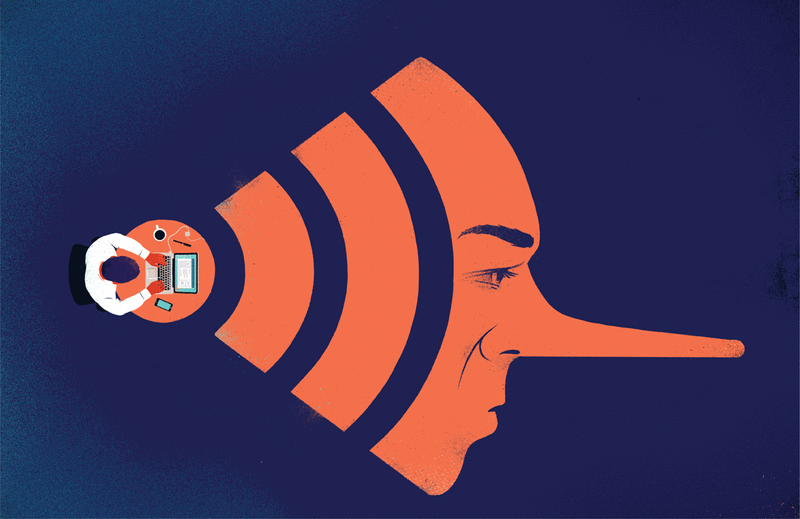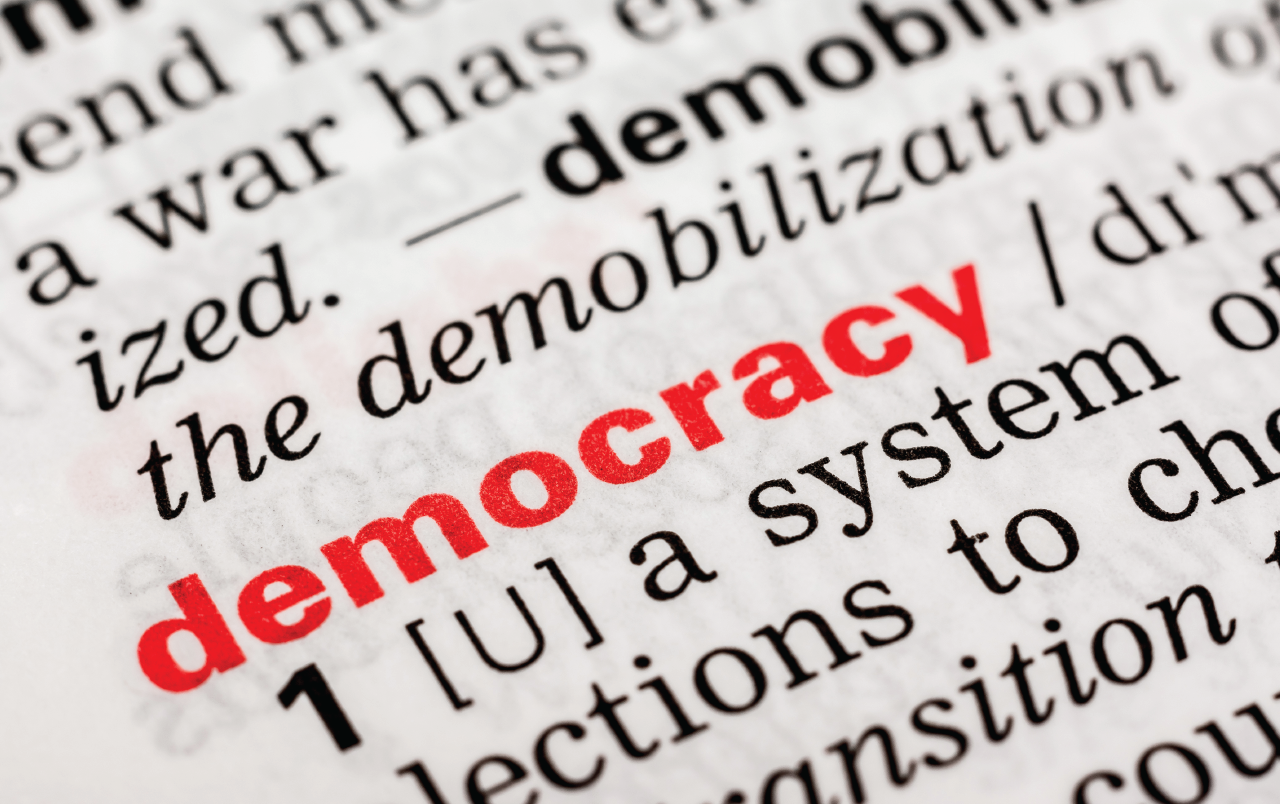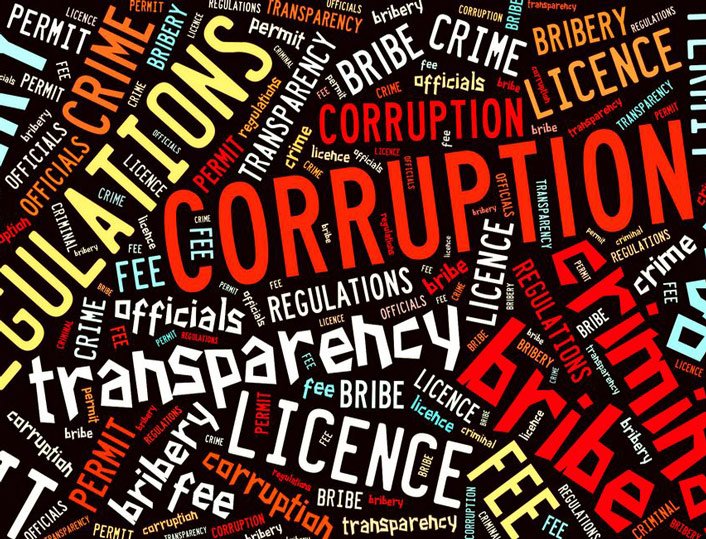Dr Bilawal Kamran
The tragic crash of Air India flight AI171 shortly after takeoff from Ahmedabad on June 12 has left the aviation world reeling. With 241 of the 242 people onboard losing their lives, along with 28 residents of a nearby medical hostel, the disaster marks one of the deadliest aviation incidents in recent Indian history. As investigators recover the black box from the roof of the hostel destroyed in the crash, hope rests on the data it holds to uncover the chain of events that led to this catastrophe.
According to preliminary reports, the Boeing 787-8 Dreamliner had just ascended to around 200 meters when it began a rapid descent, crashing into a medical college hostel near the airport’s perimeter and erupting into flames. Among the dead were not only passengers but also doctors and students — young lives with promising futures lost in seconds. The crash site, barely 2 kilometers from the airport boundary, is a stark reminder of how thin the margin for error in aviation truly is.
In the immediate aftermath, speculation and blame have begun to circulate, especially with Boeing once again finding itself under scrutiny. The American aerospace giant has faced a series of high-profile crises over the past few years, most notably the 737 MAX crashes that killed 346 people. In fact, just days before this most recent crash, Boeing had reached a $1.1 billion agreement with the U.S. Justice Department to avoid prosecution over those earlier tragedies — a deal that also included an admission of obstructing regulatory oversight.
Against this backdrop, it is perhaps unsurprising that public skepticism has quickly turned toward Boeing. Yet such reactions, while emotionally understandable, must be tempered with facts. Aviation accidents are complex, and investigations take time. Mechanical failure, pilot error, software malfunction, environmental conditions — all these factors, and more, must be examined before conclusions are drawn.
History offers a cautionary tale. In 1990, an Indian Airlines Airbus A320 crashed while landing in Bangalore. The then aviation minister hastily grounded the entire fleet of that model. Yet, within days, the same aircraft were deployed for evacuation missions during the Gulf War, with no official explanation given. That kind of arbitrary, politically-driven response undermines public trust and highlights the importance of evidence-based investigation.
Aviation is a high-stakes industry where safety must contend with enormous commercial interests. Boeing and Airbus are not just manufacturers — they are global players with vast influence and competing priorities. When profits begin to eclipse oversight, systemic issues can fester. The fact that Boeing admitted to obstructing federal evaluation processes as part of its legal deal should be alarming not just for regulators but for passengers worldwide.
It is not just about one flight or one crash. It’s about the culture of safety across the aviation industry. Are aircraft being thoroughly tested? Are known flaws being corrected or hidden? Are regulatory agencies adequately empowered, or are they being pressured into leniency by corporate lobbying? These are the uncomfortable questions that tragedies like AI171 force us to confront.
For the families who lost loved ones — in the air and on the ground — answers are not a matter of policy, but of justice. They deserve transparency, accountability, and ultimately, reform. The recovery of the black box is a critical step in that direction, but what follows will determine whether this tragedy serves as a wake-up call or just another name on aviation’s long list of preventable disasters.
Until then, restraint is necessary. The temptation to place immediate blame — whether on Boeing, Air India, or aviation authorities — must be resisted. Investigations must proceed with independence and rigour. But the broader lessons must not be ignored. This isn’t only a technical failure; it is a reflection of how vulnerable public safety becomes when corporate negligence is given room to breathe.
The crash of AI171 is more than an accident — it is a painful reminder that safety in aviation cannot be assumed, especially when powerful interests are involved. As the investigation unfolds, it is not just the cause of this one crash that matters, but whether the global aviation industry has the courage to put human lives above profit margins.















